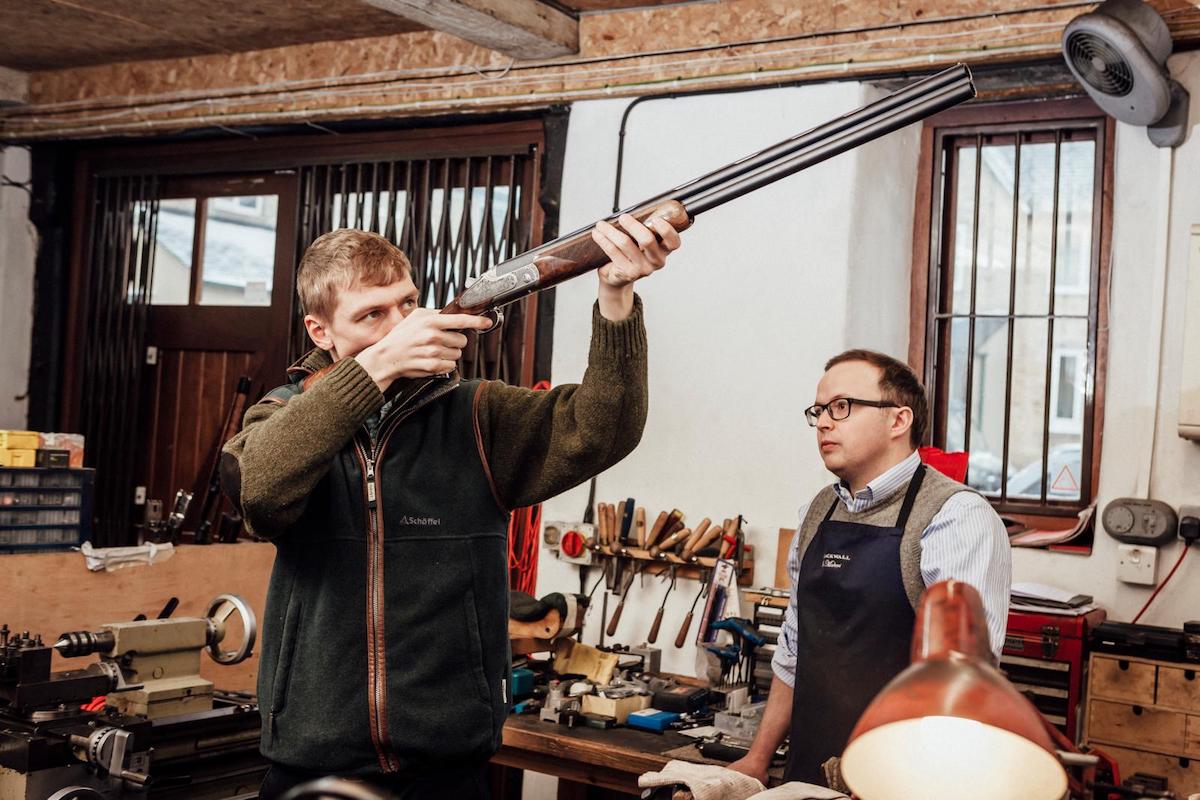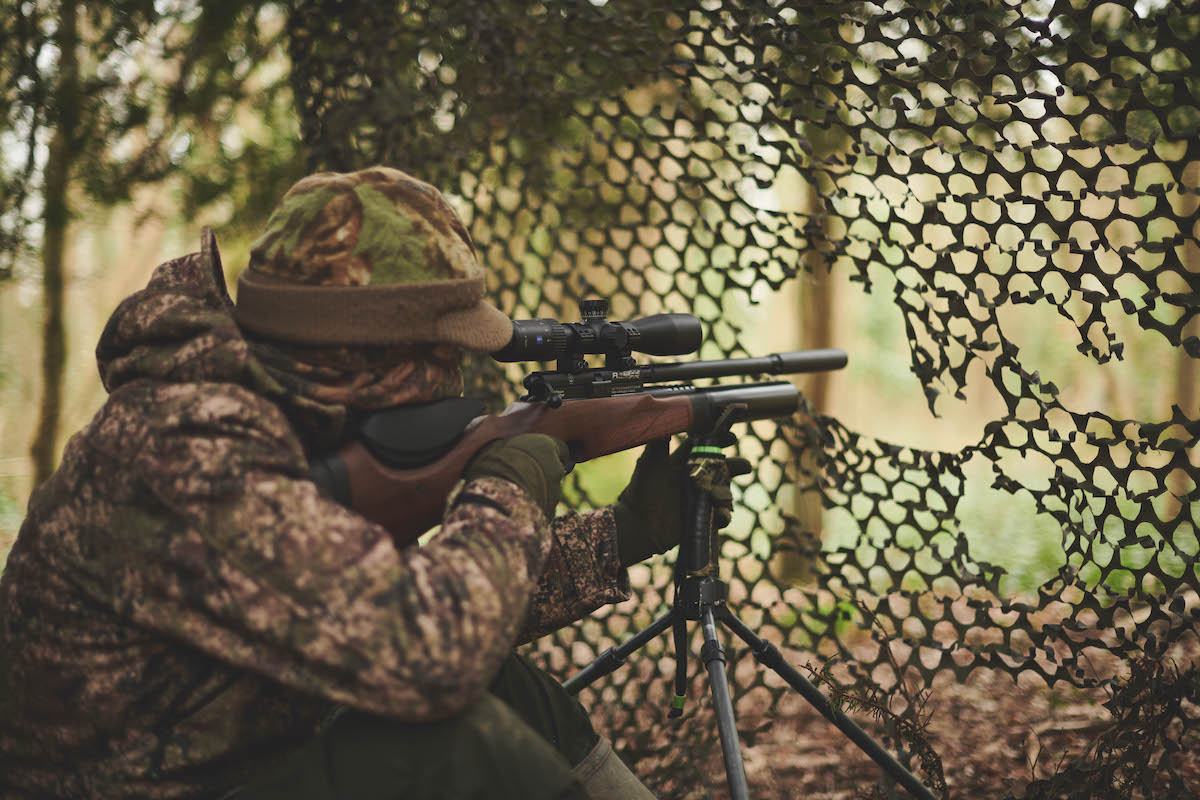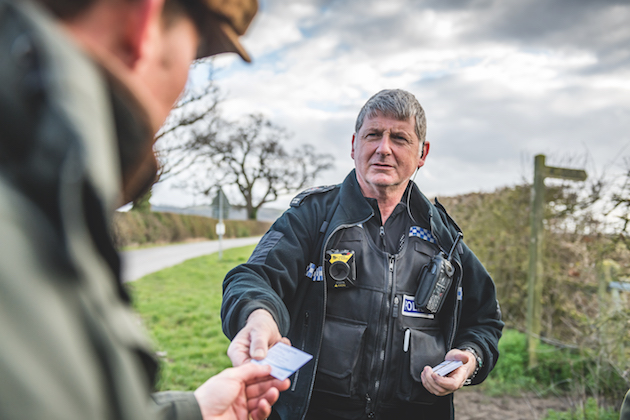How to maintain an air rifle pistol grip
Rifle stocks aren’t the only things that need a little maintenance, so Jonathan Young offers some pointers on how to maintain an air rifle pistol grip
Not that long ago there was little in the way of finishing oils on the shelf for anyone wanting to finish a stock or pistol grips. For longer than most shooters can remember, linseed oil has been used as an effective finish in the gun trade and is used today as a base oil. Many gunsmiths had their own privately guarded recipes for the perfect stock oil using this mixed with various other secret ingredients.
Over the years these have been declassified more and more, and today we can buy products made to old recipes with ease, but usually at a price. Some are good, some not so, with individual batches sometimes noted as being slower drying than others. Pure linseed oil, however, is widely available and still relatively cheap.
There are two types – regular and boiled – and the latter dries more quickly and is not as sticky to the touch when cured. (Is your springer airgun in need of maintenance? Read here for tips on how to lubricate your springer airgun).

The process of oiling either a set of pistol grips or a rifle stock takes just a few minutes for each coat, with the oil left to dry overnight in between
An old-time gamekeeper who had been playing with guns since he was first able to crawl across the carpet once said that to maintain and build up a finish on a walnut stock, all that was needed was some boiled linseed oil rubbed into the wood by hand.
Applied thinly like this and using hand pressure alone, the friction and the warmth of the hand will help to dry the oil as it is rubbed in. Built up over years, the finish is very subtle, with a satin sheen that looks natural.
Now finishing a piece of raw sanded timber is not the same as maintaining a 100-year-old antique gun stock, but just as before we have to start somewhere. There’s a note of caution here, as any paper or rags that have absorbed linseed oil must be taken outside immediately and quickly disposed of safely. For reasons known only to chemists, these oil-soaked rags can ignite due to spontaneous combustion.
Walk through history
In olden times, colour was added to the oil by steeping alkanet root bark in it, turning the pale golden linseed into a reddish oil. In my example, some flakes of this bark were steeped in boiled linseed oil, darkening the oil after only a few days, and after a few weeks turning it a deep, rich red. Applied sparingly, this bottle has lasted me nearly 12 years.
Some grips are made from American black walnut, and are often finished to a very high standard. On those that have been finished less well, some fine wet and dry paper can be used to remove any remaining marks caused by coarse sandpaper or patches of open grain.

Jonathan’s a great believer in using simple ingredients – these bottles contain pure boiled linseed oil and his alkanet-infused concoction
When cleaned and left to dry, these can be given a coat of linseed without any extra colour, the idea being to conserve the dwindling darker oil that’s already there, with the linseed being drawn deep into the wood fibres.
Some custom stock makers are known to lather on oil with a paintbrush. At this stage it’s not a Mona Lisa they are after, but it’s a fast method of applying oil. They tend to brush it on thickly, leaving the wood until the oil has penetrated deep into the fibres.
For the pistol grips seen here, I used several coats of alkanet root oil. Each coat was applied with my fingers, then rubbed in by hand and left to dry naturally. The following day any surface residue was wiped off and the process was repeated with fresh oil. A number of coats were applied this way, taking no more than a few minutes each session.
The colour built up nicely to a deeper, darker red-brown. The final coats were rubbed in vigorously with my bare hands, which aided the drying process due to the added warmth.
Read here for more tips on how to improve your springer airgun setup.

If the oil builds up in an uneven manner, it can easily be smoothed over with something like wire wool, but this step’s not always needed
What’s on sale?
Commercial stock oils can improve on this because they tend to be a bit thicker, and repeat coats applied over time can help fill any surface imperfections.
One way of using an oil like this is to scrub back the surface at the start of each session. The final result will be that all visible grain has been filled.
The grips shown here had a very smooth surface to start with, so this tedious part of the process wasn’t needed.

Rottenstone, which is a type of finely powdered rock, is traditional polishing abrasive that can also be used to level an oiled finish
Some people may not consider pure linseed as suitable on its own, but for a set of pistol grips let’s not get too tied down with tradition.
The next time I have a beech air rifle stock that needs to be refinished I’ll try this same process after scraping off the industrial varnish. At a guess the reddened oil may clash with the white-yellow of beech, so I’ll use regular boiled linseed oil instead. But anything is better than an old beech stock that’s covered in cracked and dinged varnish.
The pistol grips shown here at this final stage could be taken even further. They could be burnished with wire wool
or a softer nylon pad, given a coat of wax, or even finished with a premium stock oil at a later date.
Traditionally, rottenstone powder was used to remove any irregularities in an oil finish. This volcanic pumice is ground into an abrasive powder. It was usually applied with a piece of wet leather, which was then used like emery paper across the wood surface. Right now, simple works, and these grips will stay just the way they are.

These grips don’t need the rottenstone treatment and are ready to be reinstalled on the pistol, providing many more years of shooting pleasure








